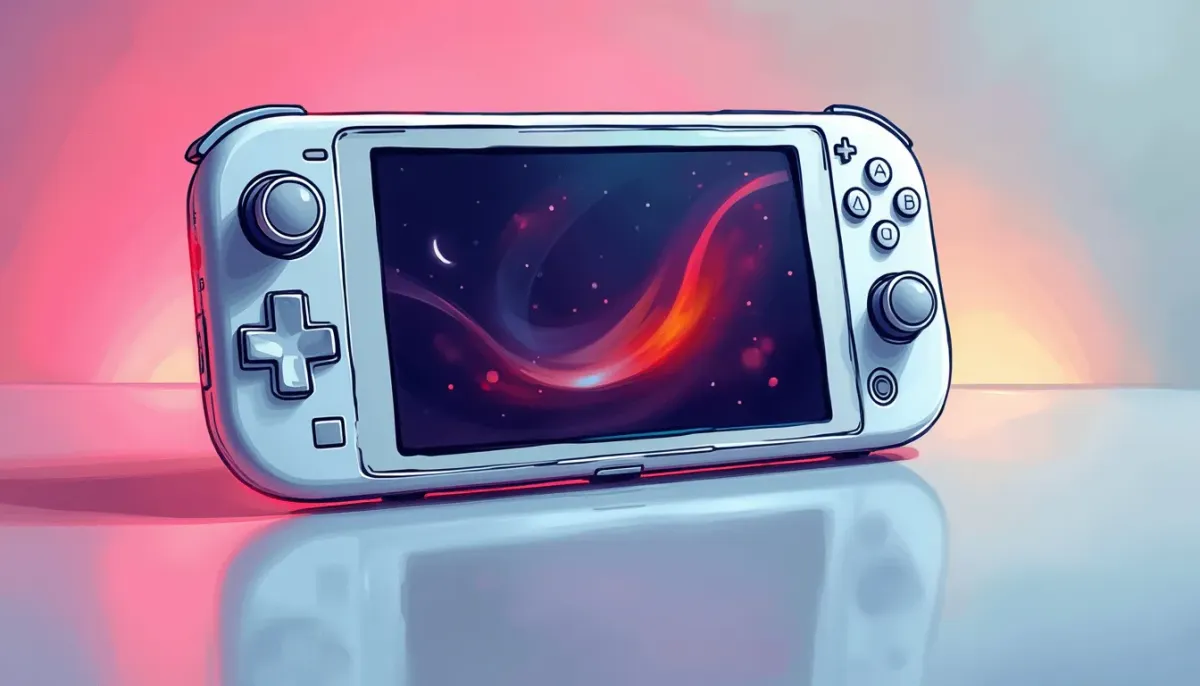The Allure of Customization: Thoughts on Valve's White Steam Deck and the Gaming Industry
Valve's limited-edition white Steam Deck highlights the growing importance of personalization in gaming, offering insights into consumer desire and industry trends.

"The reasonable man adapts himself to the world; the unreasonable one persists in trying to adapt the world to himself. Therefore, all progress depends on the unreasonable man." — George Bernard Shaw
Introduction
In the ever-evolving realm of gaming, the aesthetic facets of a gadget often play almost as significant a role as its technical capabilities. Valve's recent decision to finally offer a white version of the Steam Deck after almost three years of public anticipation exemplifies this theory. In Valve Finally Made A White Steam Deck That You Can Actually Buy, they underscore the emotional allure that design can hold over a dedicated gaming community. But what does the release of a differently colored device say about the company, and more broadly, about consumer desires in the context of gaming technology?
At the Intersection of Form and Function
The announcement that Valve has released a limited-edition white Steam Deck is akin to a treat for enthusiasts who appreciate variety not just in gameplay but in the physicality of their devices. This new variant, priced at $679, doesn’t differ internally from the Steam Deck OLED 1TB model. Essentially, buyers are spending $30 more for aesthetic—not technical—changes. While this might seem trivial to those outside the gaming sphere, it reflects a deeper connection between identity and technology.
Why do we care about color in technology?
Primarily, colors in gadgets allow users to express individuality. Much like historical shifts in automotive paint or the fashion industry, hues offer a personal connection to otherwise commonplace technology. The choice of white symbolizes a trend towards minimalism and sophistication within the tech world, meeting the consumer's desire for devices that reflect their personality and status.
The Consumer Psychology of Limited Editions
Valve’s move to release this limited edition can be analyzed through the lens of scarcity marketing—a principle that suggests rarity often enhances desirability. The exclusivity of the white Steam Deck is engineered to ignite a sense of urgency among potential buyers, pushing them to act swiftly before the product sells out.
Can we truly separate gaming technology from human nature?
The urgency that consumers feel when confronted with limited-time offers taps into a deeply rooted psychological trigger. People are hardwired to secure rare goods, a behavioral trait often termed "FOMO" or, fear of missing out. Valve’s strategic paintjob capitalizes on this innate human response, adding an allure to a device that customers might have previously dismissed in its black version.
The Challenge of Innovation Among Giants
Valve is not alone in its pursuit of catering to the gamer’s aesthetic appetite. While they have taken a step forward in cosmetically differentiating their product, the competition is fierce. Rival platforms like the Asus ROG Ally X, with its own dual-boot capabilities and performance strengths, emphasize the constant race to captivate the gaming populace.
What do competitive dynamics in the gaming world unveil about the industry's future?
Competition breeds innovation—not only at a technical level but also in how companies engage with their audiences. As more companies enter and evolve within the sphere, we can expect an increase in product customization options, allowing consumers to engage with technology on their terms.
Debating Device Colors: A Symbol of Industry Maturity
The market's response to the white Steam Deck speaks volumes about where consumer priorities lie. While many might argue that the capabilities of a device should take precedence over cosmetics, the reality is a blend of both tends to win hearts. Modern gaming is not just about the act of playing anymore; it’s about an entire lifestyle.
"Innovation starts by rejecting the default options and questioning all established rules."
This reflects a shift where aesthetics parallel functionality in importance. As companies mature, they realize that consumers not only seek robust, high-performing gadgets but ones that aid in personal expression. The success of such stylistic alterations provides insight into a brand’s awareness of market trends and user expectations.
Personal Reflections
Reflecting on my own experiences, I’ve realized that the choice of a device extends beyond its performance metrics. From selecting console skins to customizing controller colors, these choices are woven into the fabric of formulating a personal gaming environment that feels uniquely mine. Valve’s foray into aesthetics acknowledges similar desires within its broader clientele.
It poses a question to all consumers in an ever-conforming market: Are we content with default design, or do we yearn for a personal touch that resonates with our character?
Conclusion
Valve's white Steam Deck is more than just an addition to a line-up; it is a testament to personalization. The move underscores the industry's recognition of varied consumer expectations, nodding to a future where customization is king.
"In a rapidly changing world, the greatest risk is not taking any risks at all." — Mark Zuckerberg
In essence, Valve has not merely introduced a color variant; it has issued an invitation—to embrace individuality, seize opportunities for personal expression, and continue redefining how tech artifacts contribute to our identities. It’s a message ringing particularly true in a landscape perpetually defined by how users interact and identify with their beloved devices.
Midjourney prompt for the cover image: A modern, white handheld gaming device set against a sleek, minimalistic background with accented colorful lights reflecting a sense of sophistication and personalization, captured in a dynamic, engaging composition, Sketch Cartoon Style.

